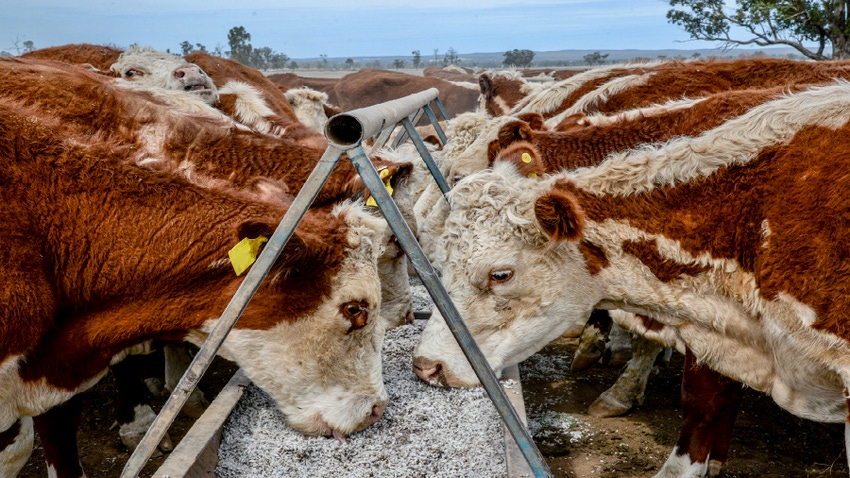
One of the most important decisions cattlemen and cattlewomen face today is how to engineer their selection and mating program to add value to their next calf crop. In 2024 we have more genetic information on which to base selection decisions than ever before. Pedigreed, registered seedstock animals are sold with a registration paper documenting their age, pedigree and estimates of their breeding value for over 20 traits. These estimates of breeding value, in the form of EPDs, serve as a roadmap for meeting breeding objectives, improving additive genetic merit and thereby, adding value to your next calf crop.
Purebred vs. crossbred
The mating decision of whether or not to crossbreed in commercial beef herds is effectively the decision of if you want to capitalize on the benefits of heterosis or hybrid vigor. Hybrid vigor is the advantage in performance of the crossbred over the average level of performance of the purebred parents. Hybrid vigor is the result of non-additive genetic merit (or gene combination value) that is created by crossbreeding.
Reproductive traits respond to crossbreeding with high levels of heterosis. Scientific literature indicates well designed, systematic crossbreeding programs lead to crossbred cows weaning as much as 25% more pounds of calves over their lifetime. This is largely due to hybrid vigor giving the crossbred cow an advantage in fertility, reproductive fitness, longevity and maternal performance.
It's all about the genetics
Growth traits are moderately heritable and show moderate levels of heterosis in response to crossbreeding. Carcass traits are highly heritable and show very little heterosis in response to crossbreeding. Marbling, in particular, is primarily the result to additive genetic merit.
So what does this all mean? The intended marketing endpoint of your calf crop (at weaning, as yearlings or as fed cattle on a carcass value system) should have a profound impact on the bull selection and mating decisions you make. How you intend to use a bull (as a terminal sire or a maternal sire) should have a profound impact on your bull selection and mating decisions as well.
About the Author(s)
You May Also Like




